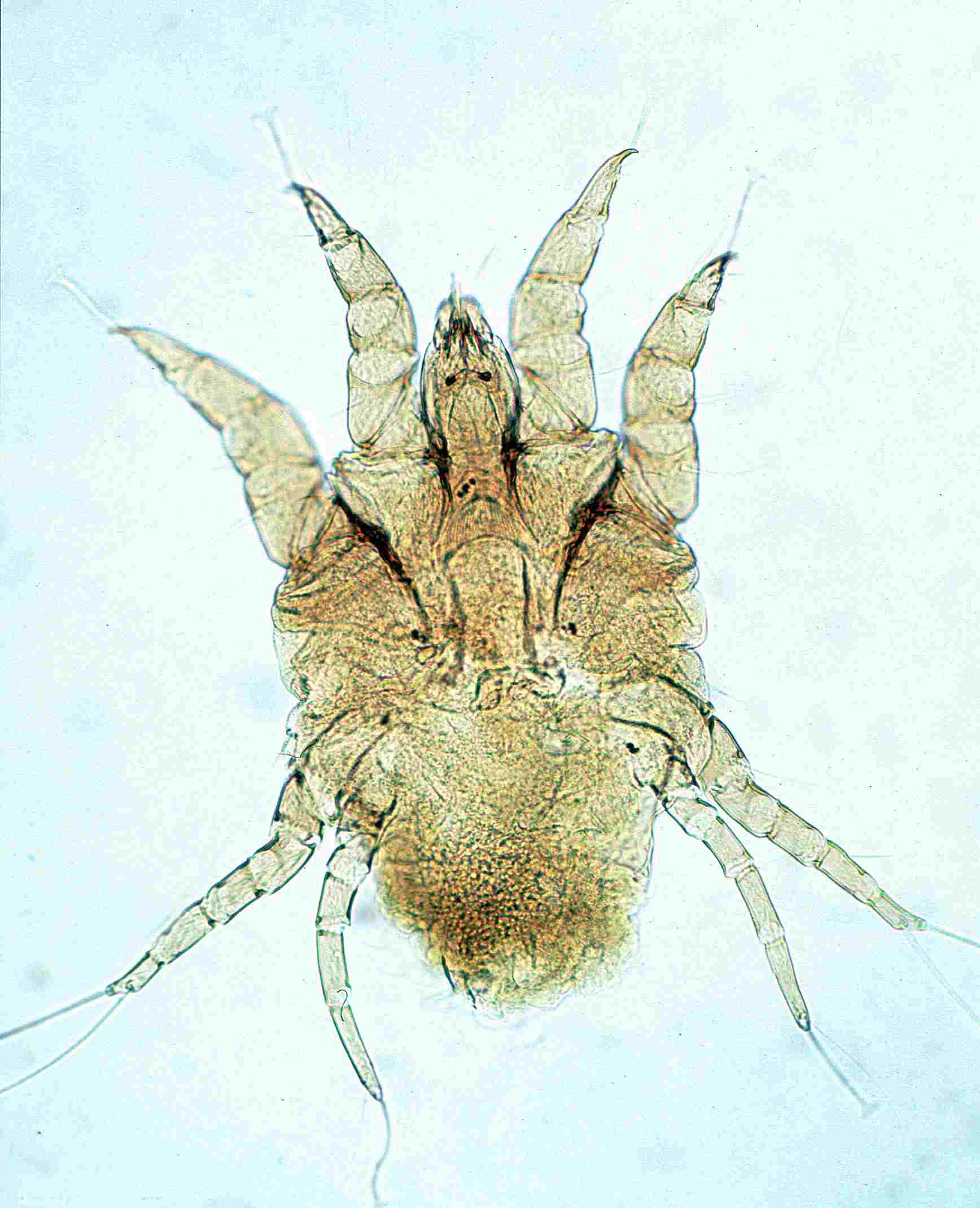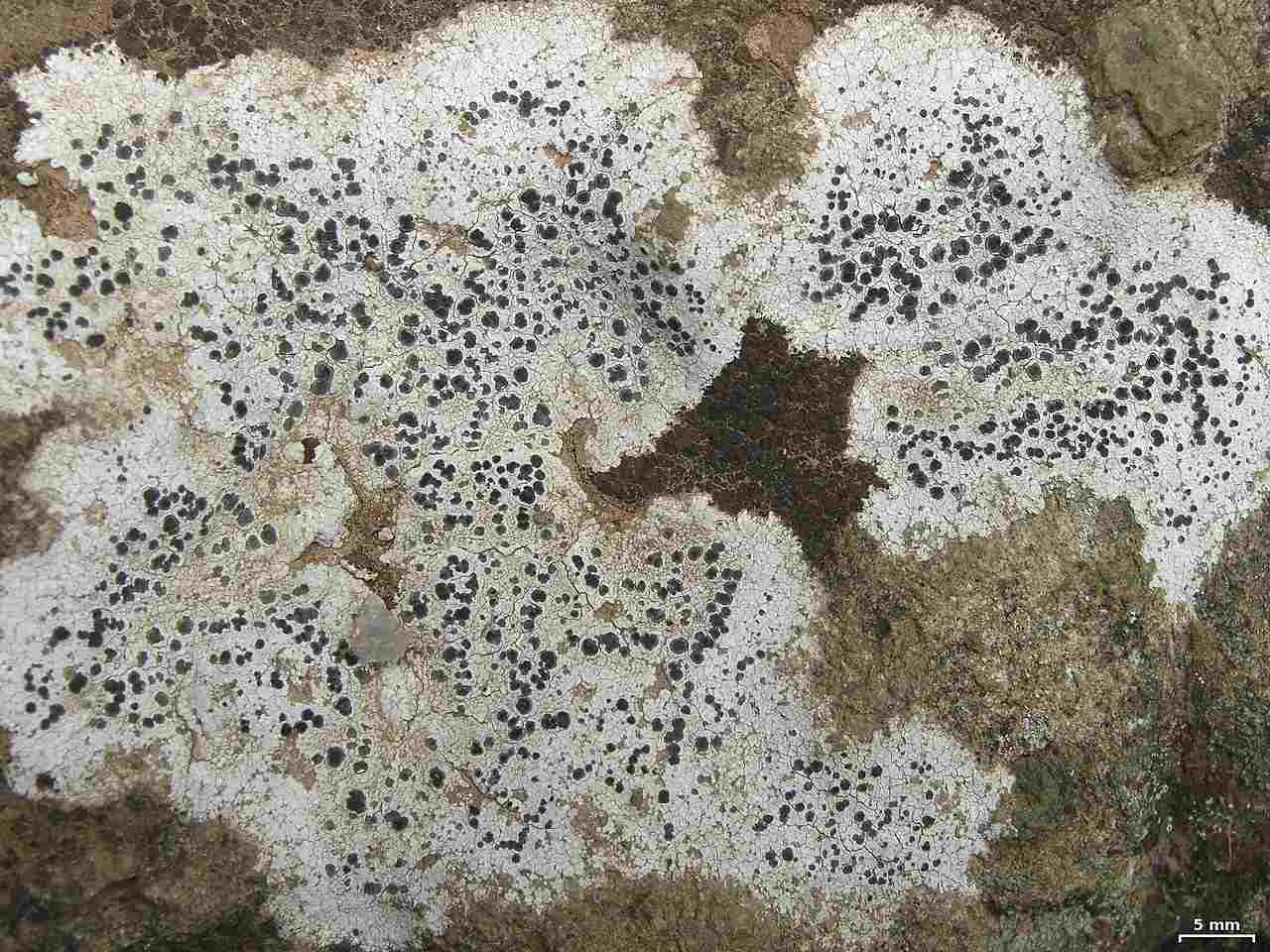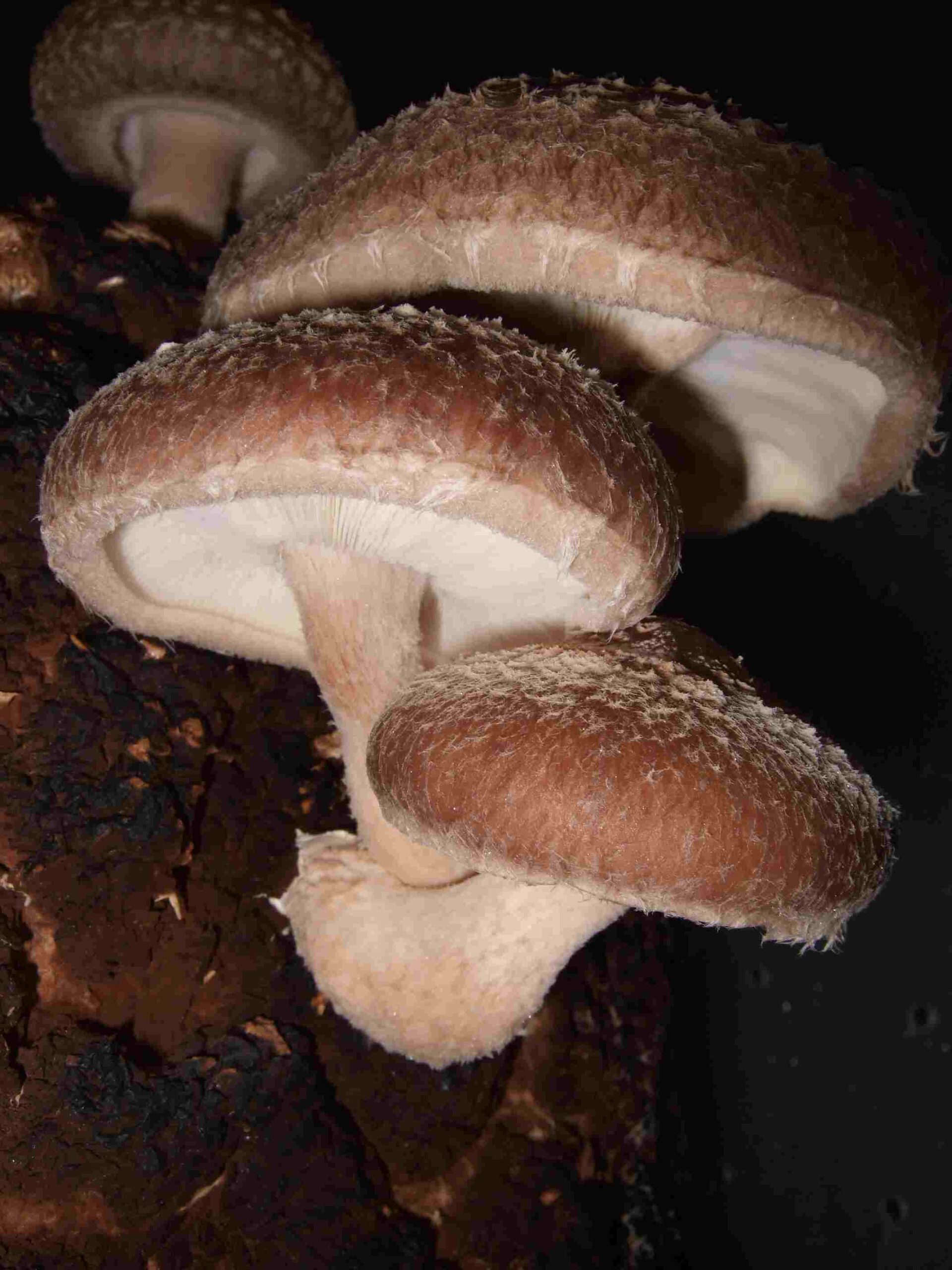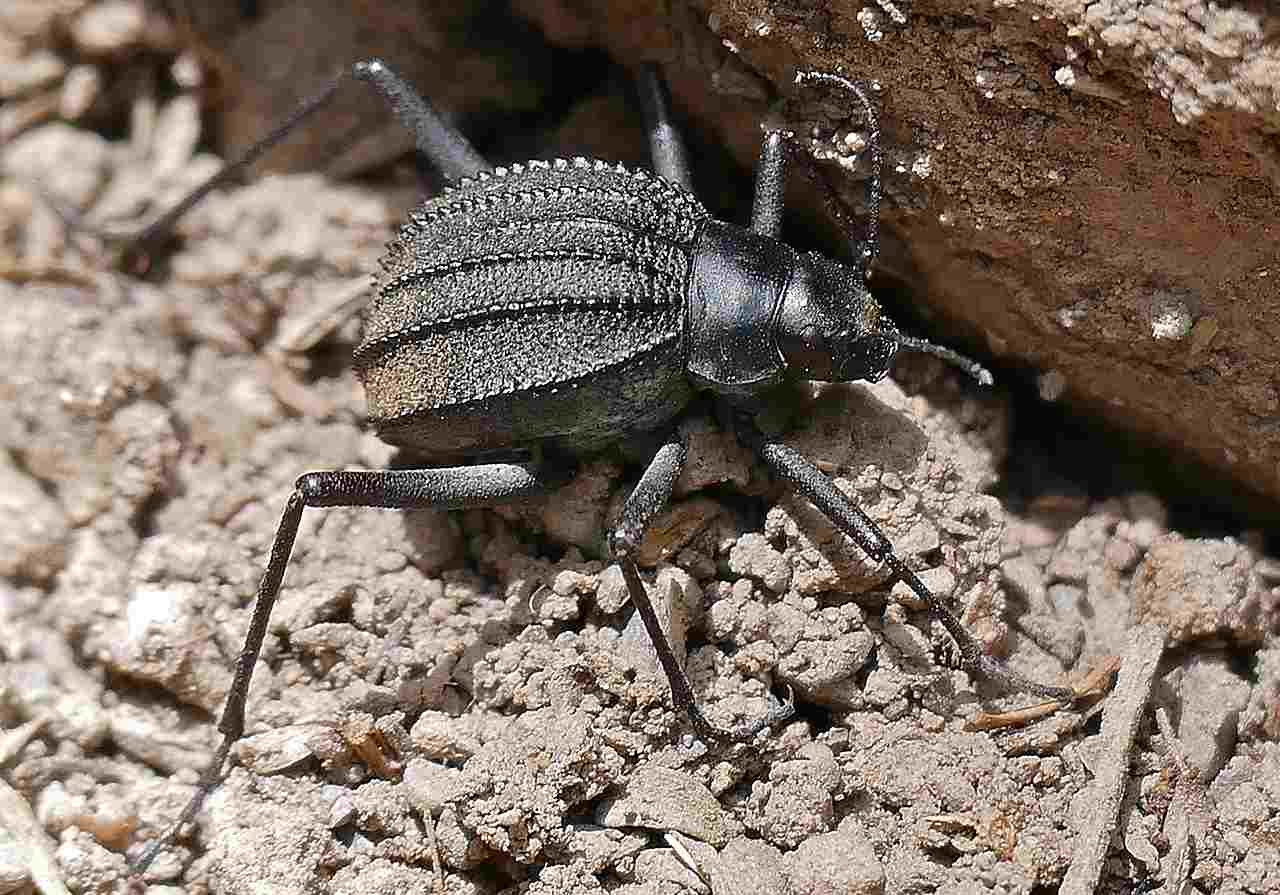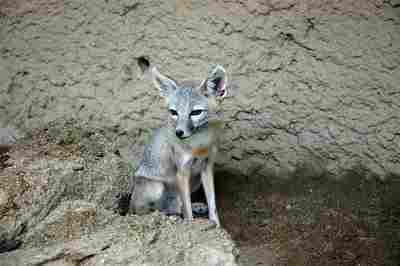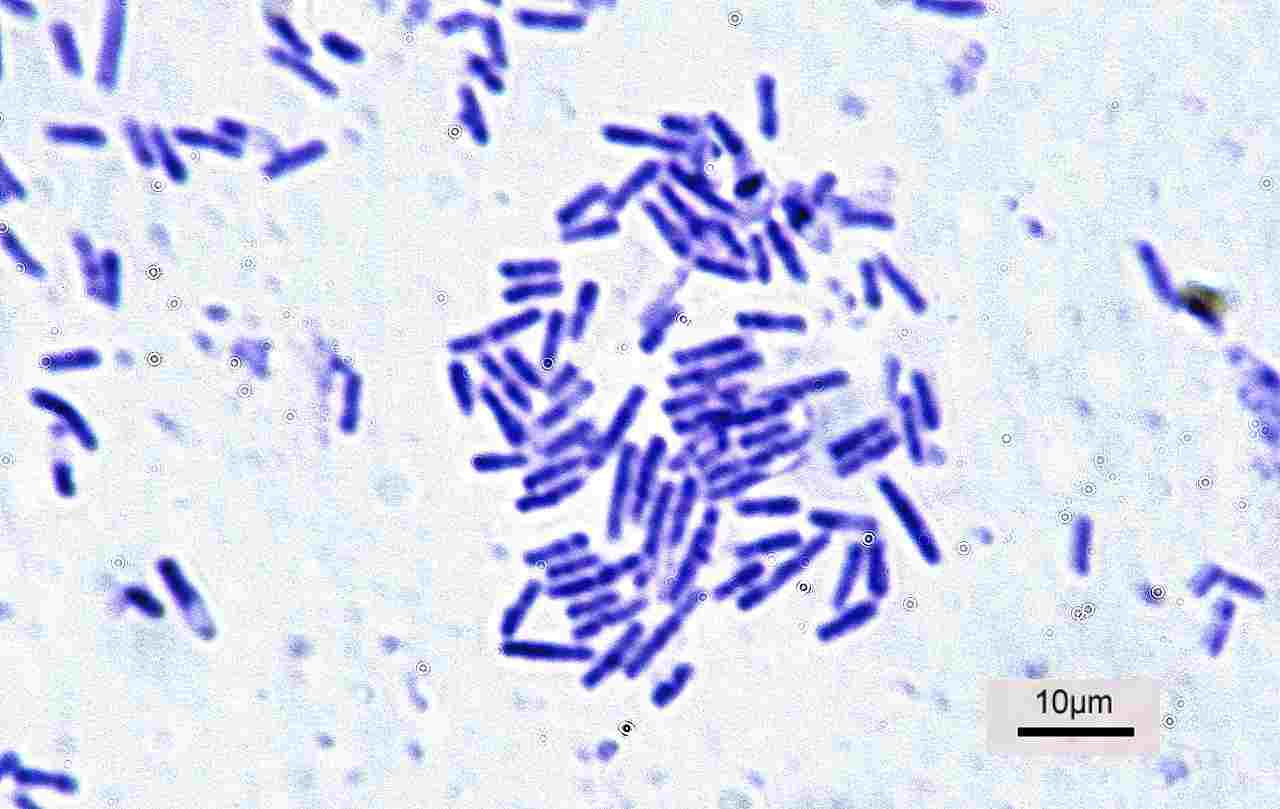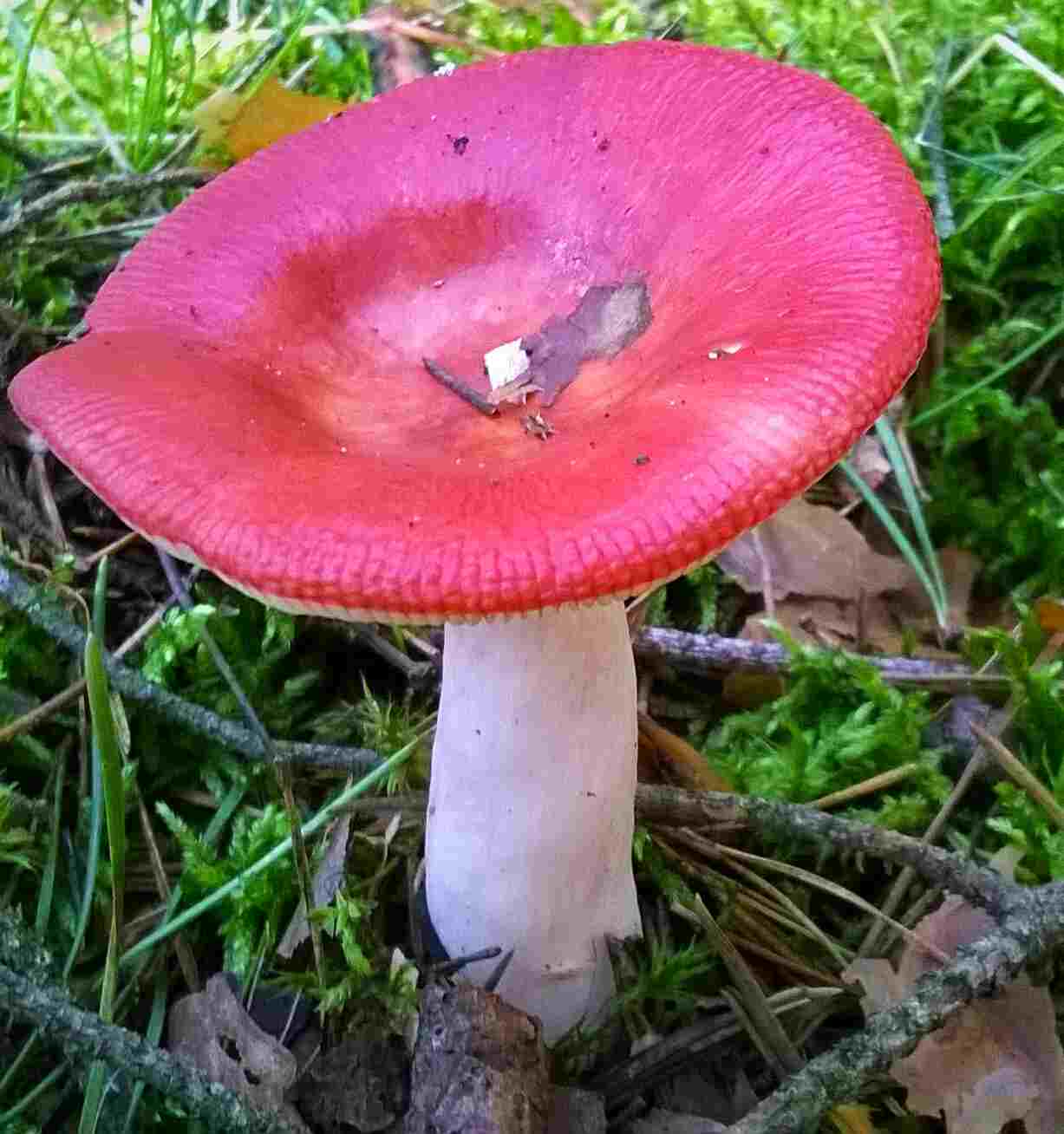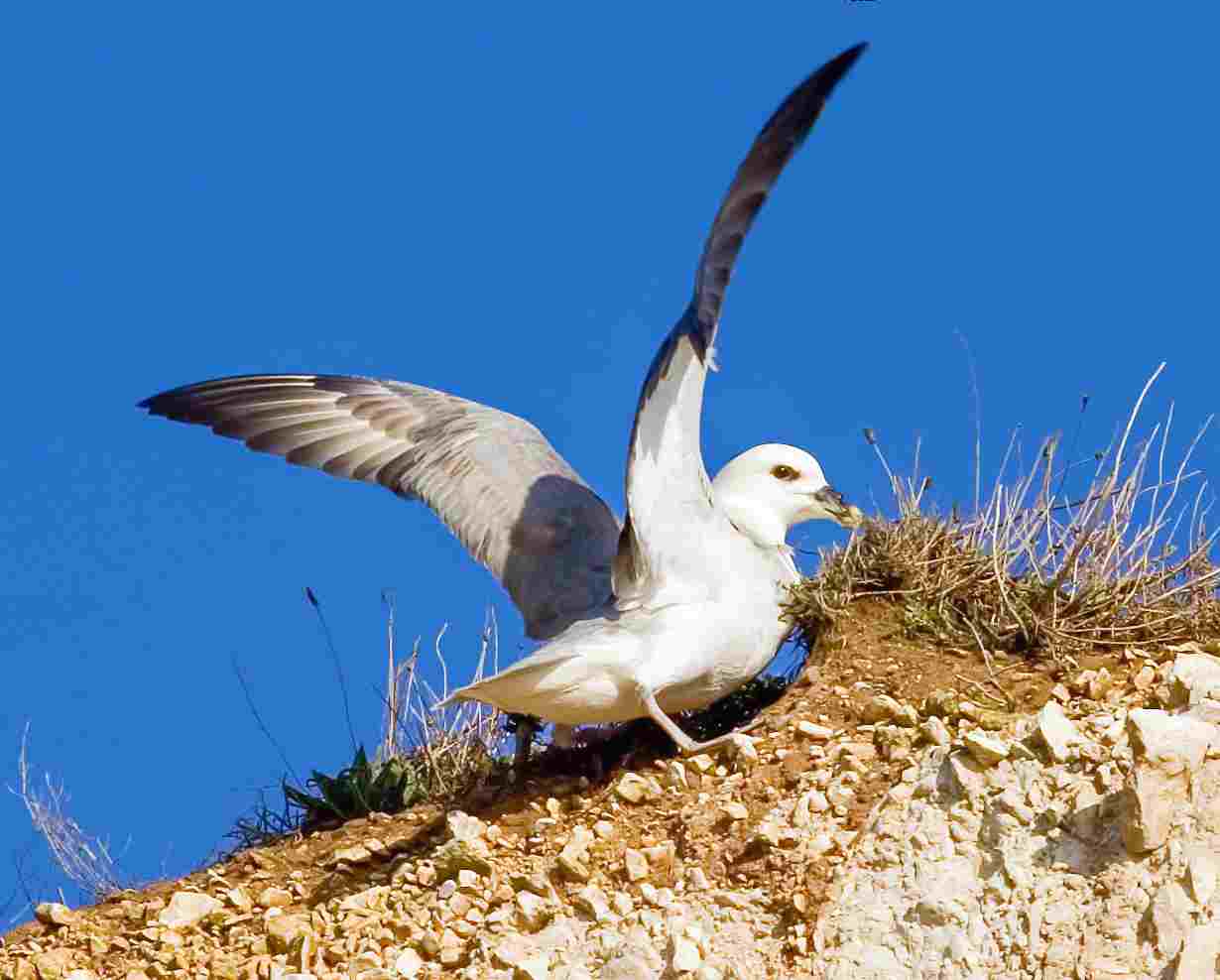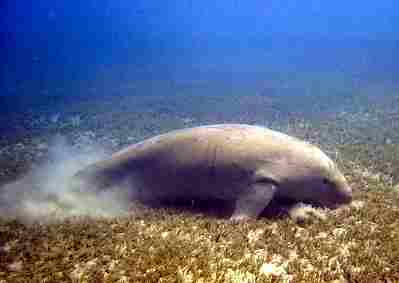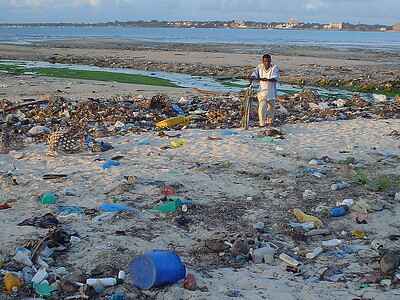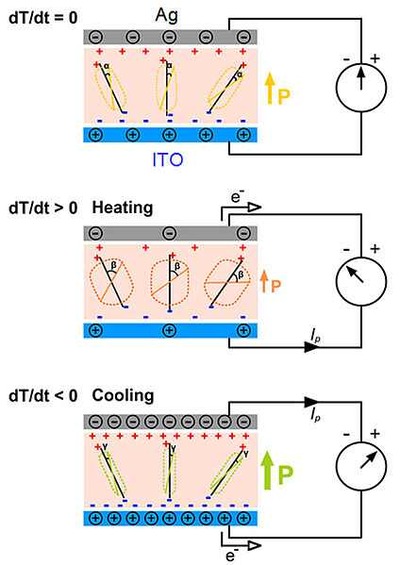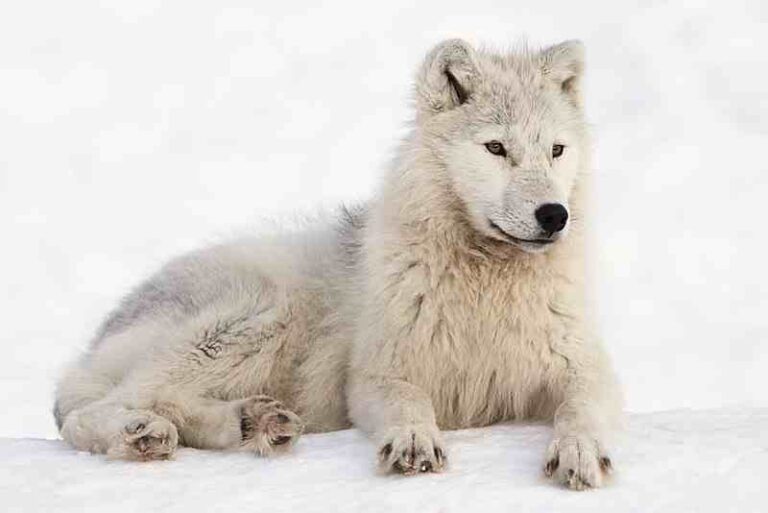25+ Decomposers in The Tundra and Their Basic Attributes/Function(s)
| Organism | Type | Characteristics | Ecological Importance |
Contribution to Biodegradation
|
| 1. Pseudomonas spp. | Bacteria | Gram-negative, versatile, aerobic, soil, water. | Plant growth promotion, bioremediation. |
Breakdown of diverse organic compounds, nutrient cycling.
|
| 2. Bacillus subtilis | Bacteria | Gram-positive, endospores, soil, rhizosphere. | Plant growth promotion, biocontrol, soil aggregation. |
Decomposition of organic matter, bioremediation.
|
| 3. Clostridium spp. | Bacteria | Gram-positive, anaerobic, spore-forming, soil. | Anaerobic decomposition, carbon, and nitrogen cycles. |
Specialized in anaerobic degradation, fermentation.
|
| 4. Acidobacteria | Bacteria | Gram-negative, acidophilic, diverse shapes. | Soil abundance, nutrient cycling, pH influence. |
Decomposition in acidic soils, organic matter cycling.
|
| 5. Actinobacteria | Bacteria | Gram-positive, filamentous, soil, aquatic. | Soil microbial diversity, antibiotic production. |
Extracellular enzyme production, organic matter decomposition.
|
| 6. Firmicutes | Bacteria | Gram-positive, diverse shapes, soil, water. | Ecosystem contribution, nutrient cycling. |
Decomposition of cellulose, hemicellulose, soil fertility.
|
| 7. Cytophaga spp. | Bacteria | Gram-negative, rod-shaped, aquatic, soil. | Aquatic ecosystem decomposition, nutrient cycling. |
Enzymes for carbohydrate breakdown, microbial diversity.
|
| 8. Chloroflexi | Bacteria | Gram-negative, filamentous, soil, aquatic. | Carbon cycling, unique pigments. |
Decomposition in soil, nutrient cycling.
|
| 9. Geoglossum spp. | Fungi | Ascomycete, cup-shaped fruiting bodies, terrestrial. | Organic matter decomposition, mycorrhizal associations. |
Decomposition of plant debris, humus formation.
|
| 10. Lecidea spp. | Fungi | Lichen-forming fungi, symbiotic associations. | Soil stability, nutrient cycling, air quality. |
Weathering of rocks, nutrient cycling through lichen activities.
|
| 11. Tomentella spp. | Fungi | Ectomycorrhizal, mycorrhizal associations. | Nutrient uptake for plants, forest ecosystem stability. |
Mycorrhizal networks aiding in decomposition.
|
| 12. Arctic Russula | Fungi | Mycorrhizal, associated with various host plants. | Nutrient exchange, support for plant adaptation. |
Decomposition, nutrient cycling in arctic ecosystems.
|
| 13. Penicillium spp. | Fungi | Filamentous, soil, air, decomposing organic matter. | Decomposers, antibiotic production. |
Breakdown of organic compounds, pollutant degradation.
|
| 14. Springtails | Arthropods | Small hexapods, soil, leaf litter. | Nutrient cycling, soil health indicators. |
Fragmentation of organic matter, soil ecosystem balance.
|
| 15. Arctic Mites | Arachnids | Small arachnids, adapted to cold environments. | Nutrient cycling, essential components of food webs. |
Decomposition of plant debris, nutrient release.
|
| 16. Beetles | Insects | Diverse, soil, decaying matter. | Decomposers, pollinators, prey. |
Breakdown of lignocellulosic materials, nutrient recycling.
|
| 17. Worms | Annelids | Lumbricus spp., segmented bodies, soil. | Soil engineers, nutrient cycling, soil modification. |
Processing organic material, enhancing soil health.
|
| 18. Microarthropods | Arthropods | Small arthropods, soil, leaf litter. | Nutrient cycling, prey for predators. |
Accelerating organic matter breakdown, soil food web balance.
|
| 19. Arctic Fox | Mammal | Small carnivore, adapted to cold climates. | Top predator, prey control, ecosystem balance. |
Controlling herbivore populations, indirect contribution.
|
| 20. Snowy Owl | Bird | Large white owl, arctic regions. | Top predator, ecosystem balance, indicator species. |
Indirect contribution through prey control, nutrient cycling.
|
| 21. Arctic Skua | Bird | Seabird, adapted to arctic and subarctic regions. | Top predator, marine ecosystem health, indicators. |
Nutrient cycling through prey interactions, ecosystem balance.
|
| 22. Brown Skua | Bird | Seabird, polar and subpolar regions. | Scavenger, ecosystem health indicator. |
Nutrient recycling through carrion consumption.
|
| 23. Northern Fulmar | Bird | Seabird with tube-like bill, polar regions. | Guano contribution, indicator species. |
Nutrient cycling through guano, marine ecosystem health.
|
| 24. Carrion Crow | Bird | Medium-sized passerine bird, scavenger. | Scavenging, insect control, urban adaptability. |
Decomposition through scavenging, indirect ecosystem health.
|
| 25. Raven | Bird | Large passerine bird, scavenger. | Scavenging, ecosystem indicator. |
Breakdown of organic matter, nutrient cycling.
|
| 26. Snow Bunting | Bird | Small passerine bird, arctic regions. | Seed dispersal, insect control, arctic ecosystem. |
Seed dispersal, indirect nutrient cycling, ecosystem balance.
|
| 27. Gyrfalcon | Bird | Large falcon, adapted to cold climates. | Top avian predator, ecosystem balance, indicators. |
Regulation of prey populations, nutrient cycling.
|
| 28. Polar Bear | Mammal | Large carnivore, adapted to the Arctic. | Top predator, marine food web balance, indicators. |
Control of seal populations, nutrient cycling in marine ecosystems.
|
*SAPROPHYTES
-Bacteria
